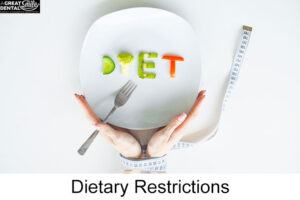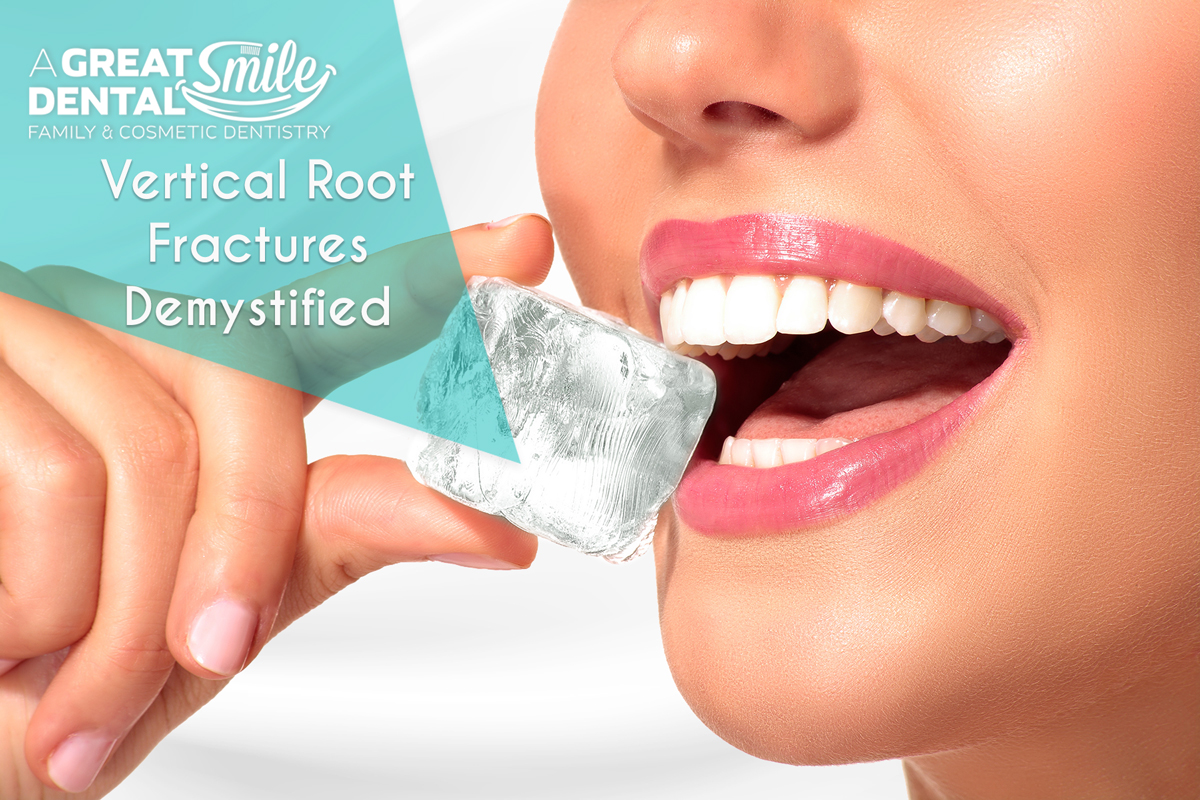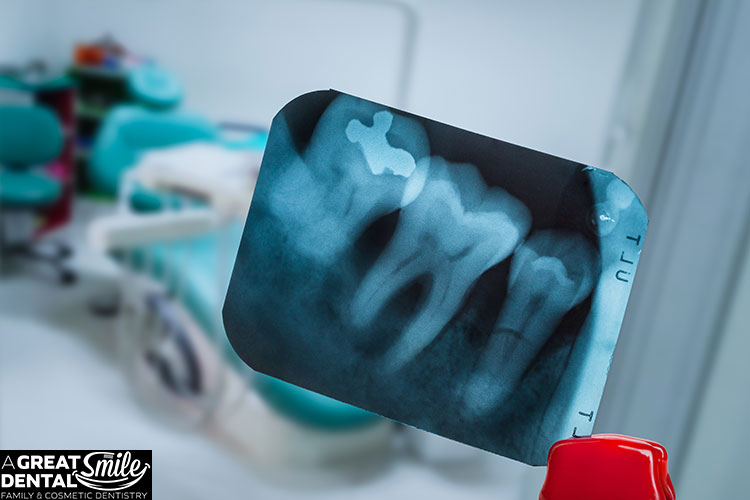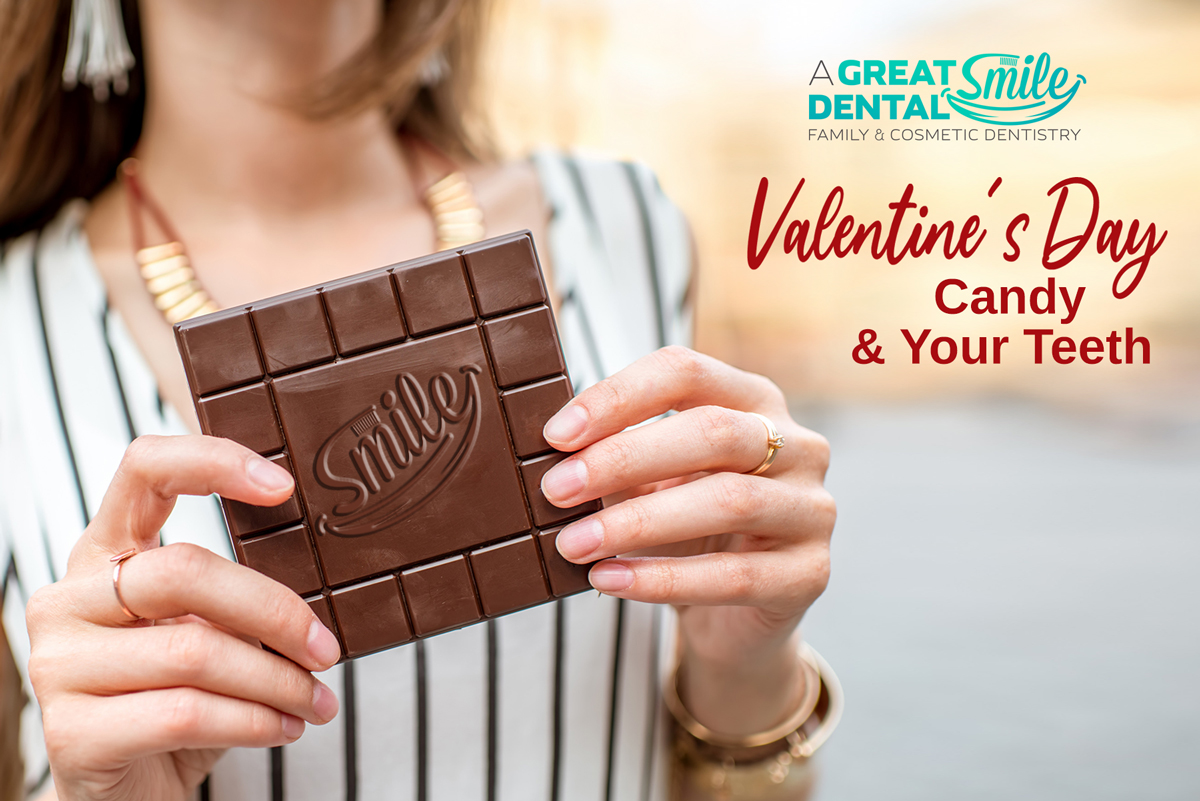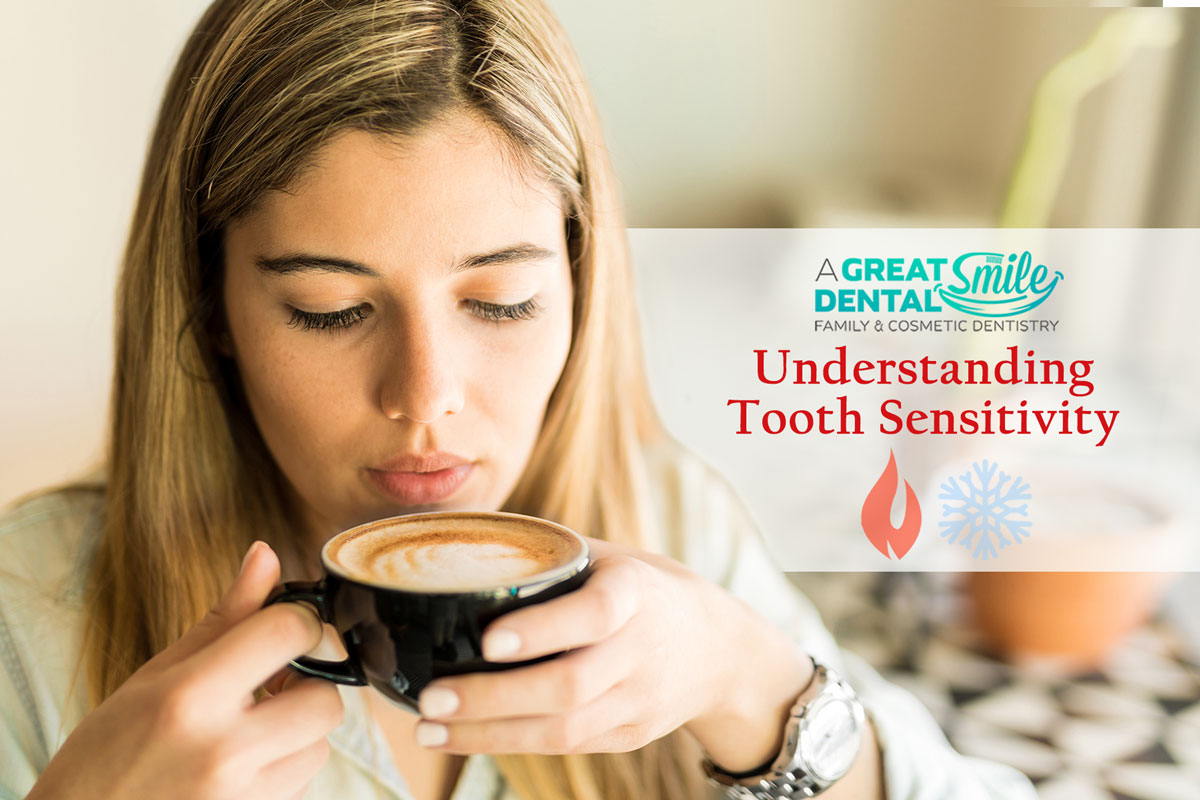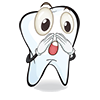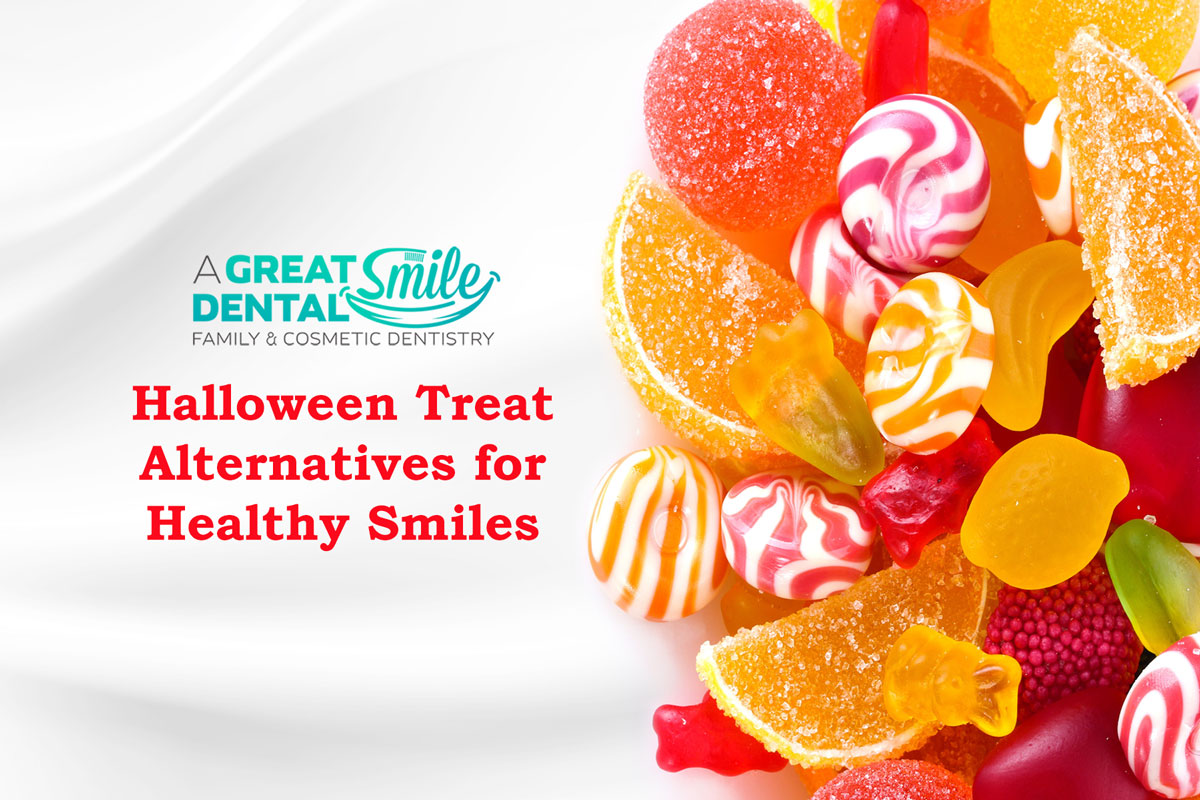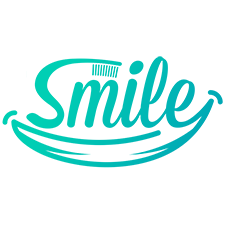Taking care of your teeth is key for maintaining oral health and a beautiful smile. Regular dental checkups and cleanings play a significant role in preventing various oral diseases and ensuring your teeth look their best. With only one set of natural adult teeth, it’s essential to prioritize their care. One of the most important steps you can take is to see your dentist regularly.
By committing to routine dental visits, you can catch potential issues early, avoiding more extensive and costly treatments down the line. A professional cleaning not only brightens your smile but also removes plaque and tartar that you might miss with regular brushing and flossing. Furthermore, regular checkups allow your dentist to provide personalized advice on improving your at-home dental care routine, tailored specifically to your needs. Investing in your oral health today sets the foundation for a lifetime of healthy, confident smiles.
The Necessity of Dental Checkups
You might wonder why regular dental checkups are necessary, especially if you’re not experiencing any noticeable issues. It’s tempting to skip these appointments, but many dental problems are detected early by professionals who can spot issues that are invisible to the untrained eye. Additionally, we are already halfway through 2024, and if you have dental insurance benefits, now is the perfect time to use them before they expire at the end of the year. Utilizing these benefits for routine checkups and cleanings can save you money and ensure you maintain optimal oral health.
What Happens at Your Dental Visit?
A regular dental visit typically involves two main parts: a checkup (or examination) and a cleaning (or oral prophylaxis).
The Dental Checkup
During the dental checkup, your dental professional will examine your mouth for cavities. X-rays may be taken to detect cavities between your teeth. The checkup also includes an assessment for plaque and tartar buildup on your teeth. Plaque is a clear, sticky layer of bacteria that can harden into tartar if not removed. Tartar cannot be eliminated through brushing and flossing alone, and its buildup can lead to oral diseases.
Next, your gums will be evaluated using a special tool to measure the depth of the spaces between your teeth and gums. Healthy gums have shallow spaces, while deeper spaces may indicate gum disease.
The checkup also includes a thorough examination of your tongue, throat, face, head, and neck to look for any signs of trouble such as swelling, redness, or possible indications of cancer.
The Dental Cleaning
Your dental visit also includes a professional cleaning to remove plaque and tartar that you can’t remove at home. Special tools are used for scaling, which is the process of removing tartar from your teeth. After scaling, your teeth may be polished using a gritty paste that helps to remove surface stains. The final step is flossing, where your dental professional ensures that the areas between your teeth are thoroughly clean.
The Importance of Dental Hygiene
Dental checkups aim to prevent oral diseases and address any existing problems, such as cracked or broken teeth. If this is your first visit, our team will conduct a comprehensive exam and cleaning, including x-rays to identify hidden cavities or other issues.
During your appointment, we will also check for signs of gum disease. This condition, which can affect both bone and teeth, often starts painlessly but can become severe if left untreated. Early detection is key to managing it effectively.
Even if you brush and floss daily, regular professional cleanings are essential. Daily oral care helps remove plaque buildup that can lead to cavities, gingivitis, bad breath, and more, but it’s not a substitute for regular checkups with your dentist.
The Role of Regular Dental Visits
Regular dental visits are vital for maintaining oral health. Our dentists can detect issues like tooth decay, cavities, discoloration, or erosion that you might not notice at home. We provide effective treatments to keep your smile healthy and looking great.
When to Schedule Your First Dental Checkup
We recommend scheduling a dental checkup every six months to maintain optimal oral health and catch potential issues early. Depending on your specific needs or any pre-existing conditions, we might suggest more frequent visits. Your first visit will include a comprehensive exam, cleaning, and x-rays, followed by a discussion of any findings with your dentist.
Tips for Maintaining Oral Health Between Visits
– Avoid sugary foods and drinks to prevent cavities.
– Floss daily to remove plaque between teeth.
– Brush at least twice a day, especially before bed, to prevent bad breath and strengthen teeth.
– Schedule a dental checkup every six months to monitor and maintain your oral health.
Following these simple tips helps keep your teeth healthy and strong. Regular dental visits ensure that any issues are identified and addressed early, potentially saving you time and money on future treatments.
Schedule Your Checkup Today
Maintaining dental health is important. Regular visits to the dentist help reinforce good oral hygiene habits and provide opportunities to learn new care techniques. We recommend visiting us at A Great Smile Dental in Las Vegas, NV twice a year for x-rays and cleanings. Since we are halfway through 2024, now is the ideal time to use your dental benefits before they expire at the end of the year. Schedule your checkup today to keep your smile healthy and bright!
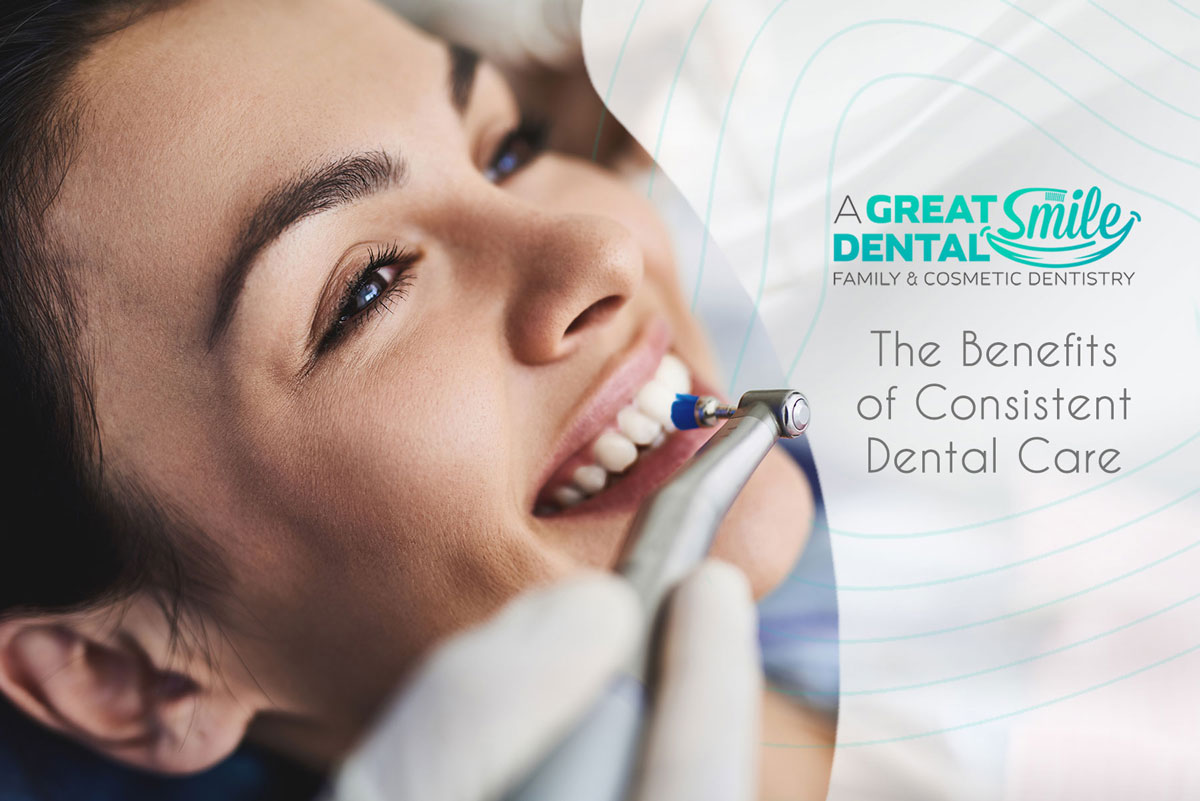
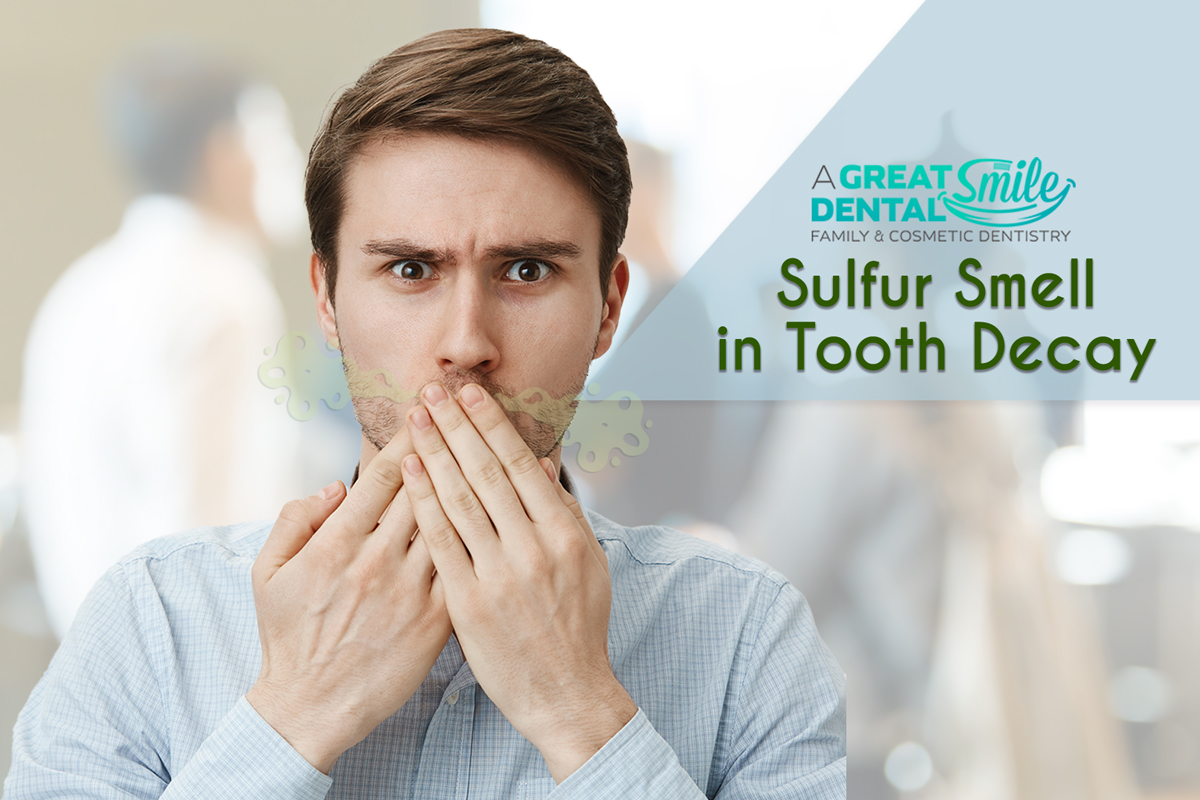
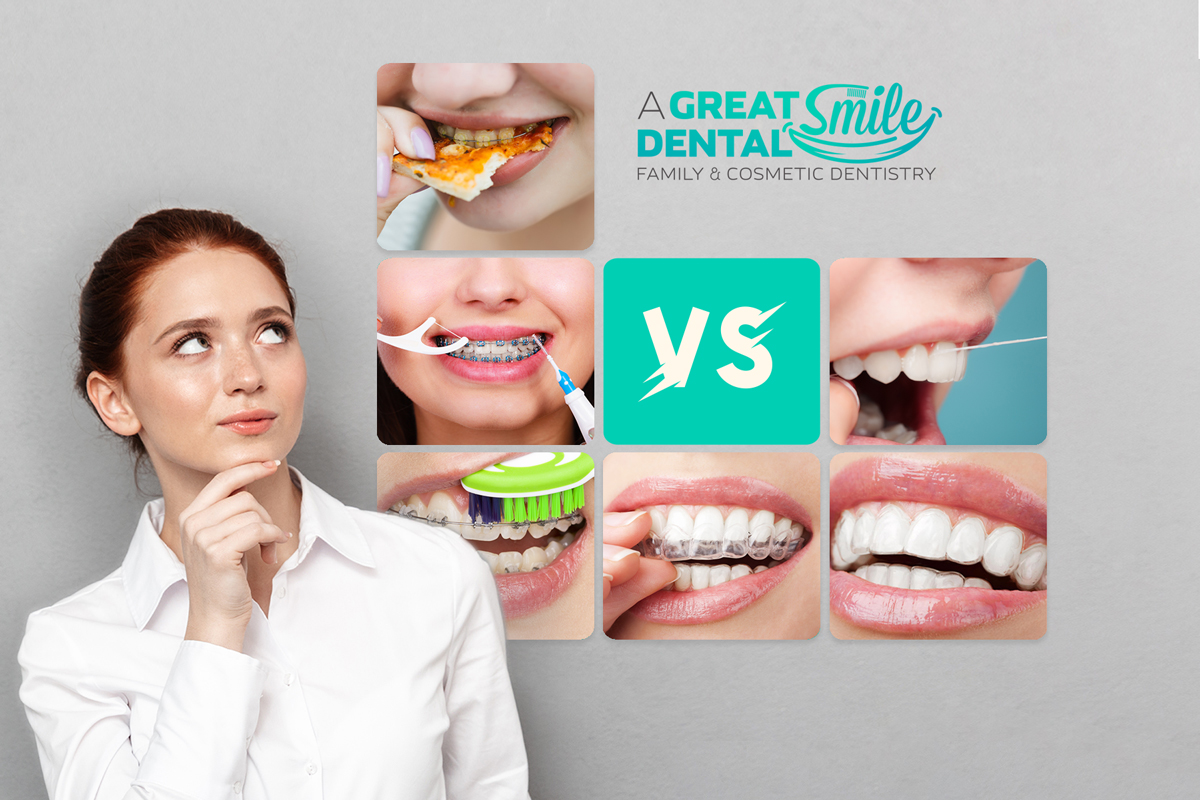
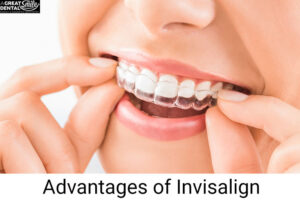 Aesthetic Appeal: One of the most significant
Aesthetic Appeal: One of the most significant 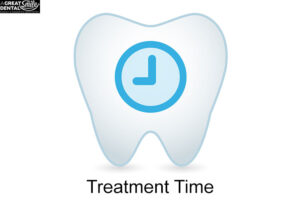 Variety of Options: Today’s orthodontic patients have more choices than ever before. Beyond traditional metal braces, there are lingual (behind the teeth) and ceramic braces, offering less visibility during treatment and providing an aesthetic alternative for those concerned about the appearance of metal braces.
Variety of Options: Today’s orthodontic patients have more choices than ever before. Beyond traditional metal braces, there are lingual (behind the teeth) and ceramic braces, offering less visibility during treatment and providing an aesthetic alternative for those concerned about the appearance of metal braces.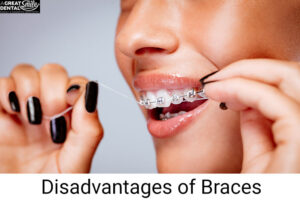 While braces are a proven method for achieving straighter teeth, there are several considerations to keep in mind:
While braces are a proven method for achieving straighter teeth, there are several considerations to keep in mind: